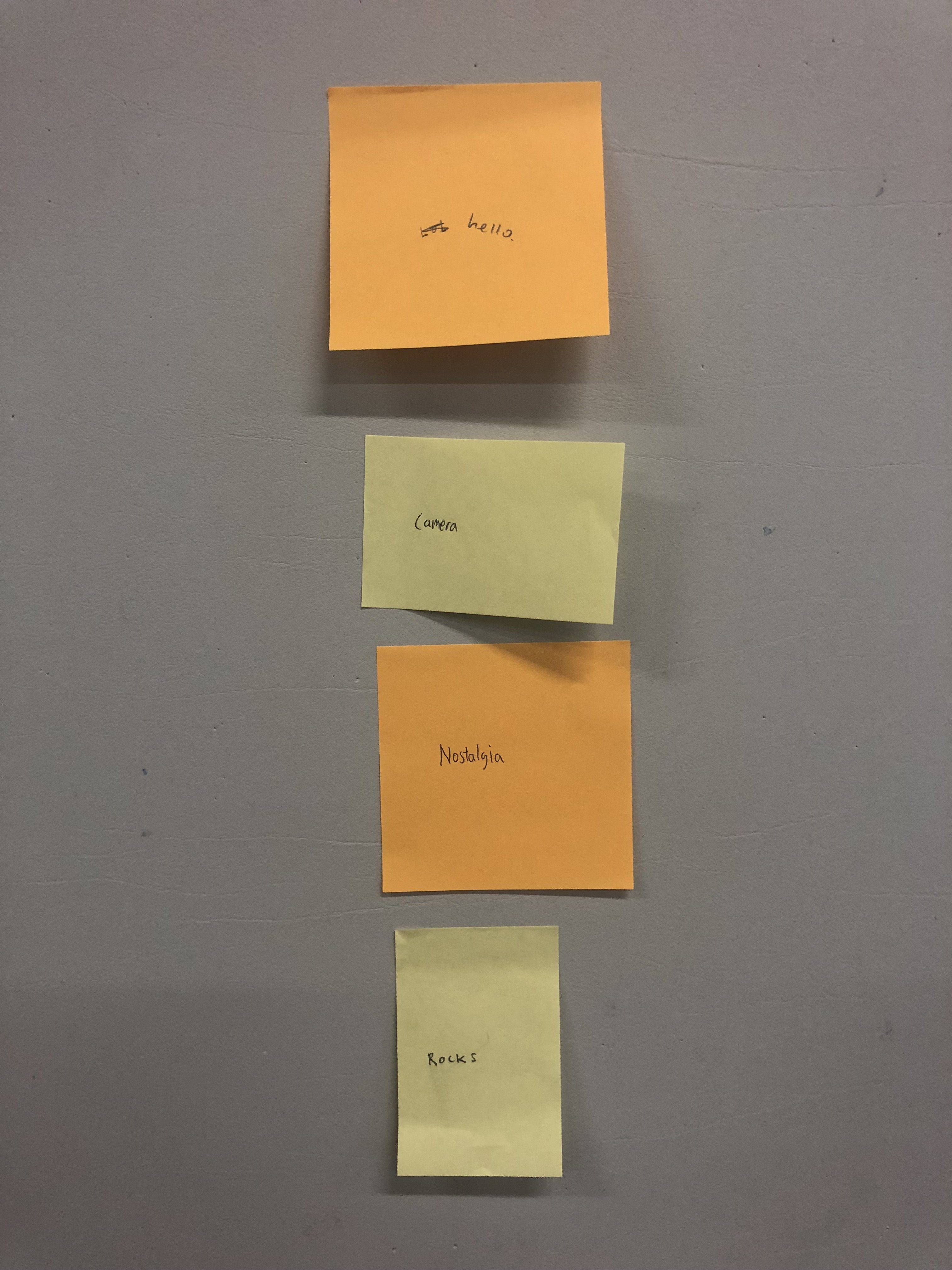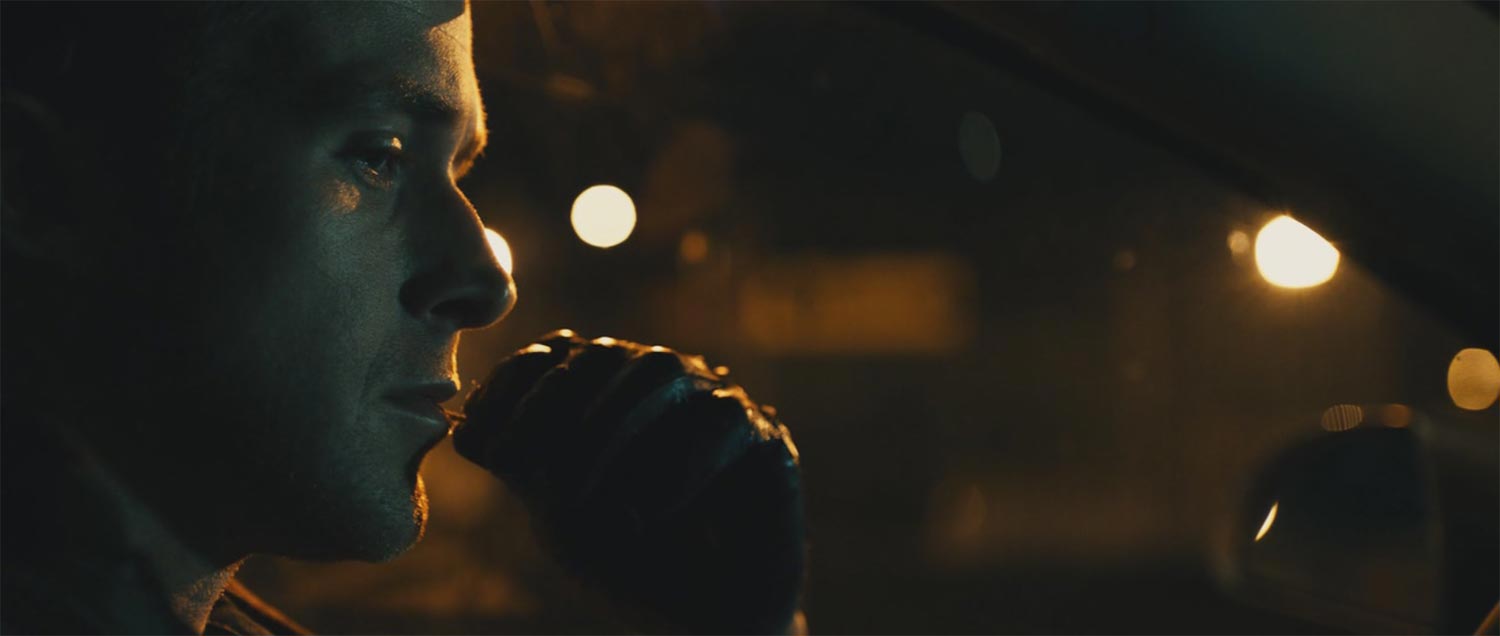19 Parts of Eugene’s soul
INTRODUCTION
This performative work timed well with the culmination of our semester.
I thought it fitting for an examination of the dynamics of the relationships that we have formed as a class. With the understanding that our class is a microcosm of society at large, what sort of things can we learn if some of its organic dynamics are subverted in a controlled setting?
THE CONCEPT
Human intimacy is driven by reciprocity.
Companionship, mentorship, information, status, sex and resources are proffered with expectation of returns.
Information is power. Power over an individual.
To have power over an individual, is to be intimate with him/her.
To be intimate with an individual, is to have power over him/her.
For this work, I will assume that the currency in play is secrets.
Before proceeding, this line of logic begs the question of: what is a secret?
The definitions may vary from person to person. What might be a secret to one person might be trivial to another. A secret can both be shadowy acts in the haze of the past or current thoughts too difficult to admit.
For the sake of this work, a definition of my own.
A secret is:
Information, relative to or regarding an individual that is withheld from larger society and specific social circles by the individual with the intent on protecting said individual’s ego.
So what is this that I am attempting? It is a few things.
- A meditation on the nature of secrets, what they are, can be or are not.
- An imperfect subversion of the natural sociological processes of the exchanging of secrets.
- Class bonding activity. A morbid one at least.
Why imperfect? Because human relationships are not defined by things unsaid but by what is done and said as well. In the context of this work, I am operating under the assumption that the metric for intimacy may be secrets.
Human intimacy is driven by reciprocity.
Companionship, mentorship, information, status, sex and resources are proffered with expectation of returns. Information is power. Power over an individual. To have power over an individual, is to be intimate with him/her. To be intimate with an individual, is to have power over him/her. For this work, I will assume that the currency in play is secrets.
EXECUTION
The secrets
The confessional
Documentation
The Secrets
Any good art requires a degree of vulnerability, but wholesale exposure can easily be misconstrued as exhibitionism. To be very frank I am trying to find the line between “doing what you know” and “too close for comfort” (if there is indeed such a boundary in art-making).
For each classmate, I have produced 19 secrets by the definition I provided above. Some of them came easier, the act of recalling and scribing each of these cathartic for myself. Although the intent of this was not to be an overwrought therapy session for myself, this byproduct was indeed welcome.
As such, the manner of dispensation:
- 19 separate video recordings of myself
- 19 separate secrets
- To be played from a viewing device (my macbook)
Each of these recordings will be scripted beforehand to ensure a cohesive viewing experience and would allow myself to personally detach to a certain extent during the delivery.
During the video, I will be unkempt and topless. Whether this will disarm or disturb participants during their own sharing process I do not know. It needs to be said that it was intended to symbolise the baring of my soul externally. I rob myself the means to craft or upkeep my own appearance.
But why this discrepancy between the intimacy of my nakedness and the structure of the script?
The threshold I am attempting to navigate is between vulnerability and consistency. I do not know if I will remain consistent in tone and delivery between participants and secrets if I were to do so personally. Here, I can create a default Eugene, one that will appear to the same to his classmates and be unbiased in all interactions.
The Confessional
This process will take place in a secluded stairwell that I chose for it’s popularity as a surreptitious smoking spot.
Smoking as a social activity can be pretty powerful. Two individuals alone and under the influence of a very mild sedative over repeated activity together can be quite a bond. Secrets and whispers sometimes let slip between puffs. This is why social smoking is known as a considerable tool in one’s social toolkit.
I will be seated in a corner as each participant walks in. They will naturally be diverted the most eye-catching object in the room which is a laptop with a lit screen.
This is what they see:


They will see 19 clips and instructions to record themselves as they choose and watch one clip.
Each participant will watch only one and the video will inform them of their option to stay and confess or leave.
“Now you’ve heard my secret, you have 2 options: tell something of your own or take my secret with you.”
This line is said uniformly for all video clips. The way it was written was to be as neutral as possible, I did not want to artificially compel the participants to share.
Documentation
There will be a camera in the corner positioned in the corner to capture the participants’ reactions to my secrets and to record their own if they so choose.
Upon the culmination of the performative aspect of the piece, I will then disseminate the work in 2 parts:
- Clips of my confession edited with the individual participant’s own confession. These clips will be then burnt onto a CD and handed to them personally. These clips will be unmuted, hence they will never be uploaded online to preserve the exchange between myself and the participant.
- All secrets with their corresponding confessions will be edited into a compiled sequence. This video will be absent of sound and made available to the general viewing public for consumption.The CDs represent the newfound bond between the participant and myself. They could easily choose to share it’s contents, but whether they do or don’t is a risk I willingly undertook and conversely so did they by sharing with me.
Observations
Of my classmates, 9 out of 19 people managed to participate in the work.
There are a few key things to note about their participation process:
- Only 3 out of the 9 shared something that I might truly consider a secret; information that only with very close friends will disclose to one another.
- 4 shared things that were personal but not yet verging on the territory of secrets.
- 2 people declined to share and opted to walk away.
However, it must be noted that all 9 people viewed the clips of mine that may not be damaging to my own reputation. In fact, in retrospect those particular clips contain things about myself that leave me bare or vulnerable but would not necessarily cause me to bear social damage (at least to them). This is important.
Whilst each of the 19 clips was recorded with the knowledge that I had poured my figurative soul into each one of them, I realise that ‘secrets’ as they are loosely defined are not a perfect quantifier of emotional intimacy between human beings. Fortunately, we are manifold more complicated beings than that.
In fact, looking at the statistics above hardly tell the full story of the interaction between myself and the brave participants. They do not reveal the gears turning behind their eyes as they watch me confess with rapt attention. They do not reveal the hesitant, tortured silences as they wrestle with confessing themselves.
Am I obliged to? Am I doing something wrong by not sharing back? But it’s my secret right? Eugene volunteered his, I don’t owe him a thing.
Some deliver a response that they feel proportionate to the secret they viewed themselves. In fact for all of them, their respective confessions are all topically related to mine. They speak with measured words, carefully revealing nothing scarcely more than empathy for what they witnessed onscreen.
And a few, bravely share thoughts from the hollows of their heart. Not of misdeeds or sins, but of despair and alienation. I felt these the most. I don’t think even I have the courage to share about those thoughts of mine when they come to me as they do to everyone.
And then those who waver and hesitate. These stand out to me the most. As I view their explanations for not sharing, one might imagine their hearts grinding and gnawing like metal within. These are the aches that tend to persist for a long time, undisturbed and avoided.
Of all the responses, I find these the most achingly human. The unadulterated beauty of struggling and surviving.
Pain is subjective. A mountain to someone might indeed be a molehill to another. A dark act to one might be a utilitarian necessity to another. An injustice to one might be an everyday anguish to another.
What are secrets?
The definition, as I have laid out previously, seems to be malleable. Anything worth keeping close and never letting out is probably one.
What about lies?
Did I lie in each of the 19 confessions? Are some of them truths while the others concocted to cater to filling class roster?
Are they embellishments of a partial truth? Perhaps they were designed in delivery to never reveal more than I was comfortable with.
I make no aspersions on the veracity of my secrets. Much like how such an exchange occurs in real life, the truth often occurs somewhere between blatant deceit and honesty. We know this.
Thus, through the dense vegetation that is human interaction what is true?
Truth is one of the few ideals worth pursuing, but where does the truth of this work lay? While the answer is elusive, I believe an old adage applies itself here: it’s about the journey.
Conclusion/ parting thoughts
This work fails as a social experiment. The variables such as the participants and each unique confession they hear are impossible to calibrate to a baseline. Each participant’s relationship to me differs as well which very likely influenced their responses.
However, this work was never designed to test or evaluate some sort of social metric (although some artworks attempt at that function). I believe this work’s most beautiful aspects are the glimpses past the facades that we put up to protect ourselves and get by in life. To gaze into someone’s eyes as they hesitate, stutter and finally let their walls down is a humbling experience. It is the sort of thing only afforded to the most trustworthy or by the pure of heart, either way it is a tremendous gift.
Perhaps this work has imprecisely hacked the social protocol required for that sort of vulnerability to reveal itself. However, that summoning hardly comes free, I had to expose my belly and neck first as a form of trust paid in advance. For some, maybe that was enough, for others perhaps not. That is fine. The world tends not to be kind to those who trust blindly.
There now exists an ethical responsibility of sharing what I have learned and protecting the participants at the same time.
I attempt to toe this line now:
https://drive.google.com/open?id=1m_VYSE7sVonH2Uu71BbnOxncVNktE1Km
The words are absent, but hopefully enough remains for us to learn something.
Thank you Yue Han and my dear classmates. It has been a wonderful start to ADM.





























